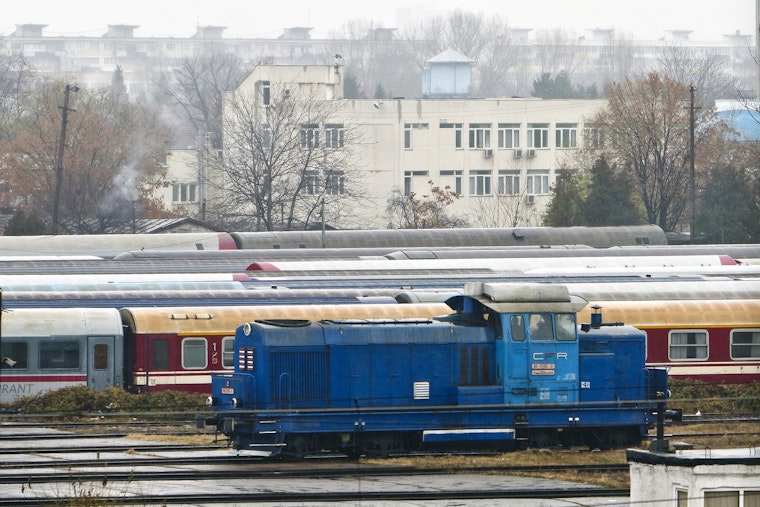Europe’s Human Rights Court Shines More Light on the CIA’s Black Site Torture Program
By Amrit Singh

For Romania, the time for denial should be over. For more than a decade, the government in Bucharest has adamantly refused to acknowledge the role it played in the program of secret detention, torture, and rendition launched by the United States Central Intelligence Agency after the September 11, 2001, attacks on the United States. Now the European Court of Human Rights (ECHR), in a 300-page ruling, has considered the evidence, and concluded that Romania did indeed host a secret CIA prison between September 2003 and November 2005, where a Saudi citizen, Abd al-Rahim al-Nashiri was detained and abused.
Al-Nashiri, who was represented before the court by the Open Society Justice Initiative and Romanian lawyer Diana Hatneanu, is currently detained at the U.S. military base in Guantánamo Bay, Cuba; he faces a possible death sentence after trial by military commission on charges related to the bombing of the USS Cole in Aden harbor in 2000. His military commission proceedings have dragged on for years, riddled with challenges to his torture. In fact, the proceedings were recently indefinitely suspended after his civilian lawyers resigned, citing a hidden microphone in the room where they regularly met him in Guantánamo.
The ECHR ruling in al-Nashiri’s case against Romania drew on the mass of investigative material that has grown since 2005, when the Washington Post first reported that the CIA was using secret prisons in Eastern Europe to interrogate detainees believed to be part of al-Qaeda. That material included reports prepared for the Parliamentary Assembly of the Council of Europe by Swiss parliamentarian Dick Marty, which detailed the extent of European involvement with the program, and the more recent 2014 executive summary of the U.S. Senate Intelligence Committee’s report on the CIA’s secret detention and interrogation program. The court also drew on the testimonies of four experts (including Senator Marty) during a fact-finding hearing in the case.
The court found it was established beyond reasonable doubt that a CIA detention facility, codenamed Detention Site Black in the 2014 U.S. Senate Committee report, was located in Romania, and that al-Nashiri had been secretly detained there under abusive conditions. More broadly, the court unanimously concluded that Romania had breached the European Convention on Human Rights by allowing al-Nashiri to be secretly detained and abused at the prison, and by allowing him to be secretly flown out of the country despite the risk of further secret detention, abuse, an unfair trial, and the death penalty. It called on Romania to conduct an effective criminal investigation, and to prosecute those responsible, while paying €100,000 in damages to al-Nashiri—rulings similar to those in al-Nashiri’s 2014 judgment against Poland, where al-Nashiri was held and tortured at a CIA black site.
Regrettably, the response from Romania has so far been profoundly disappointing. The minister of foreign affairs indicated that the government would appeal against the ruling (just as Poland launched an appeal against the 2014 judgment, which it ultimately lost). Other ministers dismissed the judgment. Ioan Talpes, a former top security official who in 2015 admitted that Romania allowed the CIA to run a facility on its territory, blithely asserted that Romania was not responsible for what happened there, despite the ECHR’s findings to the contrary. Talpes also suggested that the ECHR ruling was orchestrated by forces opposed to Romania’s role in NATO.
Perhaps it is not surprising that Romanian government officials feel they can brush off the past in this way, given that one of the key CIA players involved in al-Nashiri’s torture—Gina Haspel—is now running the CIA. But the ruling also shows how hard it is to stop the truth from coming out, even if it has taken over a decade. The court’s judgment is an important step towards ending impunity for the flagrantly unlawful torture program that the CIA and its allies tried so hard to cover up.

Amrit Singh is director of the Accountability, Liberty, and Transparency cluster of the Open Society Justice Initiative.